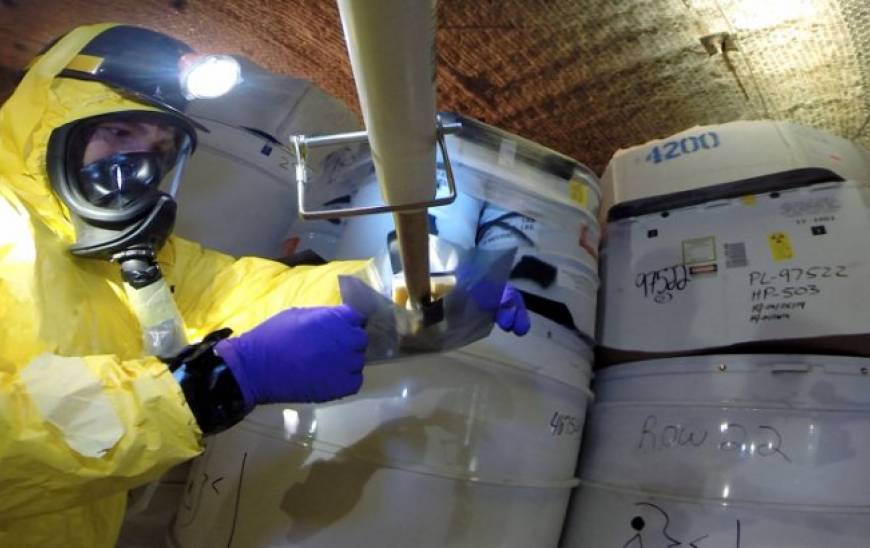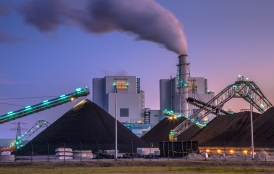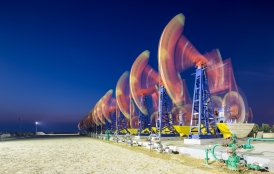The Stanford School of Earth, Energy & Environmental Sciences is now part of the Stanford Doerr School of Sustainability.
This page is currently being maintained for archival purposes only. For the latest information, please visit us here.
Plan to Bury Plutonium in New Mexico Underestimates Safety Risks
Rod Ewing and coauthors warn that a proposal to bury plutonium in New Mexico underestimates the risks.
Freeman Spogli Institute for International Studies
January 15, 2016

Recovery teams investigate the cause of a radioactive leak at the Waste Isolation Pilot Plant in Carlsbad, New Mexico.
Photo credit: U.S. Department of Energy
A US proposal to bury plutonium from dismantled nuclear weapons in a geological repository in New Mexico underestimates the long-term risks of radionuclide release, warn three nuclear scientists in a Comment article in Nature this week. The Waste Isolation Pilot Plant (WIPP) was not designed to hold that amount of plutonium and has seen two recent accidents, Rodney Ewing and co-authors explain. They argue that the risk of accidentally drilling into the repository thousands of years from now is greater than safety assessments assume. Rod Ewing is the Frank Stanton Professor in Nuclear Security in the Center for International Security and Cooperation (CISAC) and a Professor in the Department of Geological Sciences at Stanford's School of Earth, Energy & Environmental Sciences. Co-authors include Cameron Tracy, a MacArthur Nuclear Security Postdoctoral Fellow at CISAC, and Megan Dustin, a graduate student in Stanford University's Department of Geological Sciences
For the past 15 years, WIPP has stored transuranic waste from the US nuclear-defense program. The facility, run by the US Department of Energy (DOE), will be permanently sealed in 2033. Yet an arms-control agreement made with Russia in 2000 requires the United States to dispose of 34 tonnes of weapons plutonium, which a recent DOE panel recommended should be stored at WIPP. Tripling the amount of plutonium held at WIPP exacerbates several problems, Ewing and colleagues write.
First, safety assessments have so far not considered chemical reactions between the variety of materials in the repository. In 2014, for example, plutonium-contaminated nitrate salts reacted with a wheat-based kitty litter used to absorb liquid wastes, resulting in a small radioactivity leak to the surface. Better preparation is also needed for potential human ‘intrusion’ risks in the future, Ewing and co-authors write. For instance, inadvertently drilling through the repository in search for oil, gas or potash could release brine into the tunnels, spreading radioactivity. The authors conclude that the DOE should “reassess its confidence in the safe performance of the facility” over the next 10,000 years.
Read the full story here.







